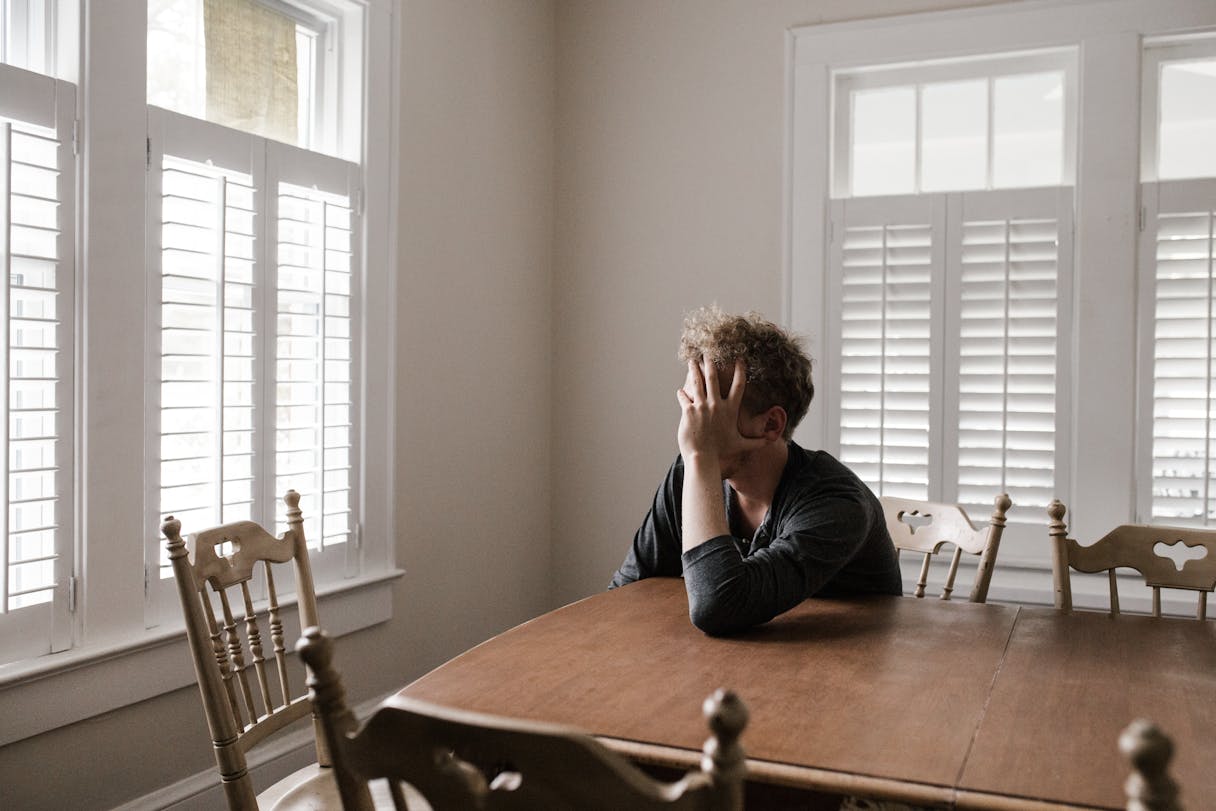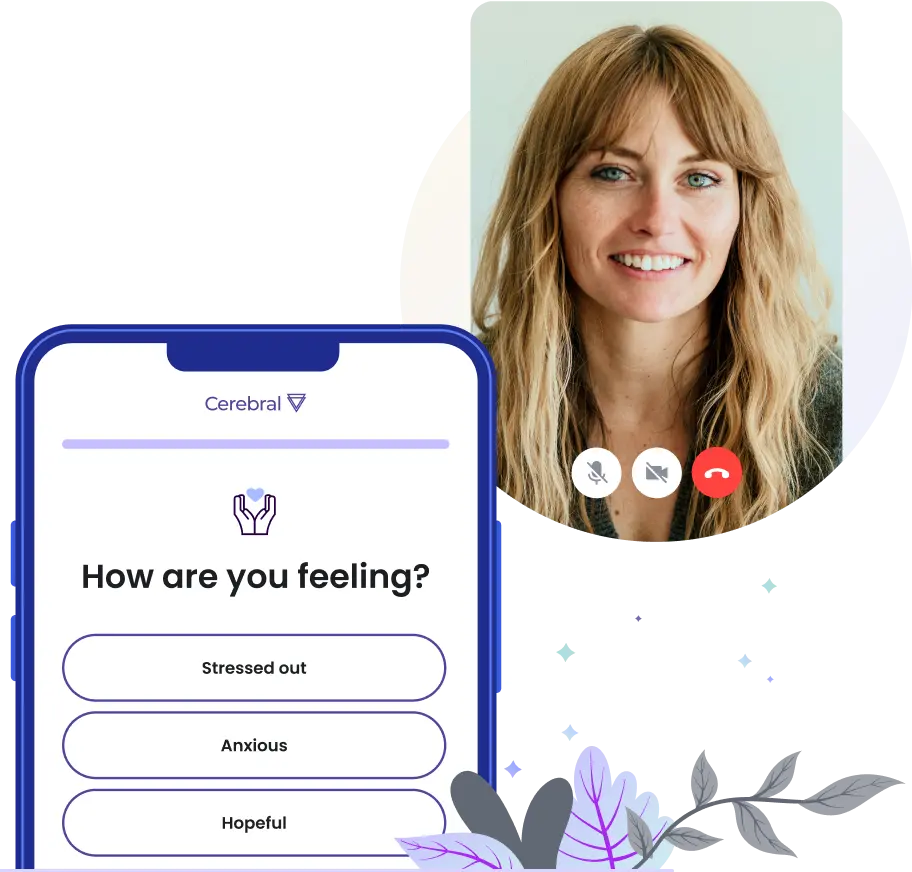May is Mental Health Awareness Month, and we're celebrating by taking on some of the biggest topics and challenges in mental health. Today we’ve put together facts and figures to help raise awareness about the realities of living with mental health conditions. Read on for more information on the current state of mental health, facts on different disorders, and the future outlook of mental health care.
If you’re living with a mental health disorder, the most important thing to remember is that you are not alone. Just take a look at these statistics to get an idea of the huge volume of people who face mental health conditions:
- 47.1 million people in the U.S. live with a mental health condition.
- In any given year, 46% of Americans will meet the criteria to be diagnosed with a mental health condition.
- 8 in 10 people who took a depression or anxiety screening through the Mental Health Association (MHA) reported experiencing moderate to severe symptoms consistently since March 2020.
- Dealing with mental health disorders costs the U.S. an estimated $193.2 billion in lost earnings per year.
- Suicide is the 10th leading cause of death in the U.S. overall, and the 2nd leading cause of death among people aged 10-34.
- Online therapy use has significantly increased since the start of the pandemic. According to the American Psychiatric Association (APA), 63.6% of psychiatrists reported that they didn’t use virtual sessions at all before COVID-19. Two months after the pandemic started, 85% said that they saw most or all of their patients via telehealth.
Facts about Depression
Depression is one of the most commonly diagnosed disorders in the U.S.
Depression by the numbers:
- In the U.S., 7.1% of adults, or 17.3 million people, live with depression or have had at least one major depressive episode.
- The number of people seeking help for depression has skyrocketed since the beginning of the pandemic. According to MHA, 2020 saw a 62% increase in depression screenings from 2019.
- 63.8% of adults who have experienced major depressive episodes were severely impaired. To be impaired means to be unable to carry out major life activities.
- Women are twice as likely to be diagnosed with depression than men, and are twice as likely to take antidepressants.
Depression symptoms & treatments:
- Depression can have different triggers, like a stressful life event or genetics, but it can also develop without any obvious cause.
- Depression and anxiety can also cause physical symptoms, like fatigue, aches, and pains.
- Telehealth and antidepressants are usually used to treat depression. Needing to try more than one antidepressant is common, and people don’t always find the right medication on their first try.
- Research has shown that using online therapy to help treat depression can be as effective and equally beneficial as in-person therapy.
- Exercise and self-care can also help manage depression symptoms.
Facts about Anxiety
Anxiety disorders are the single most commonly diagnosed mental health condition in the U.S., and they often go hand-in-hand with depression.
Anxiety by the numbers:
- Nearly half of people diagnosed with depression are also diagnosed with anxiety.
- Around 40 million adults in the U.S. live with an anxiety disorder, but only 36.9% of that population receives treatment.
- Like depression, the number of people seeking help for anxiety has skyrocketed. According to MHA, 2020 saw a 93% increase in anxiety screenings from 2019.
- An estimated 31% of U.S. adults will experience any anxiety disorder at some point in their lives, and women are twice as likely to be affected by an anxiety disorder than men.
- In the U.S., it’s estimated that around 15 million adults have social anxiety.
- Post-COVID “re-entry anxiety” is real, with the APA reporting that 50% of Americans feel anxious about resuming activities once social distancing practices are relaxed.
Anxiety symptoms & treatment:
- Having an anxiety disorder can increase your risk of health problems, including heart disease, diabetes, and chronic respiratory diseases.
- Anxiety can also cause physical symptoms, like shortness of breath, rapid heart rate, and nausea.
- Panic or anxiety attacks can happen to people living with an anxiety disorder, and often last anywhere from 20-30 minutes.
- Therapy and prescription medication are two of the most effective treatments for anxiety.
- Other treatments for anxiety symptoms include exercise, self-care, and meditation.
Facts about Insomnia
People with insomnia are often unable to get deep, restful sleep consistently, sometimes for days or even months at a time. There are many possible causes of insomnia, including depression, anxiety, and poor sleep habits.
Insomnia by the numbers:
- An estimated 50-70 million Americans have been diagnosed with a sleeping disorder.
- Insomnia is the most common specific sleep disorder, with 30% of adults experiencing short-term insomnia, and 10% of people experiencing long-term symptoms.
- 75% of people living with depression also experience insomnia.
- Around 24-36% of people living with insomnia have also been diagnosed with an anxiety disorder.
- Up to 95% of Americans have experienced at least one episode of insomnia in their lives.
Insomnia symptoms & treatment:
- Insomnia is also more likely to occur in women than men. In fact, around 78% of pregnant women experience some type of insomnia.
- The most effective treatments for insomnia include therapy and sleep medication. About 75% of people recover under professional treatment without their sleep problems persisting.
- Lifestyle changes that contribute to better sleep hygiene can also be effective at treating insomnia.
How Cerebral’s Improving Mental Health Care
Though the world may be opening back up, online mental health care isn’t going anywhere. The convenience, affordability, and effectiveness of online therapy all make services like Cerebral a cornerstone in mental health treatment.
Take a look at these facts around online mental health treatment:
- A study found that online cognitive behavioral therapy is just as effective as face-to-face treatment for depression and anxiety.
- 92% of people using online therapy expressed satisfaction with their experience, citing reasons like privacy, ease of use, and quality of counseling.
- Over a third of Americans surveyed plan to continue seeing their therapists online for at least the next sixth months.
Medically reviewed by: David Mou, MD, MBA

Using Data to Best Match Patients and Clinicians

Why Can’t We Talk About Suicide?

The State of Mental Health Care in 2022: Where are We?

Call 911 if you’re having a
mental health emergency
Text Home to 741-741 if you're in emotional
distress and need immediate support
Call or text 988 Suicide &
Crisis Lifeline. Chat service
is available at 988lifeline.org.